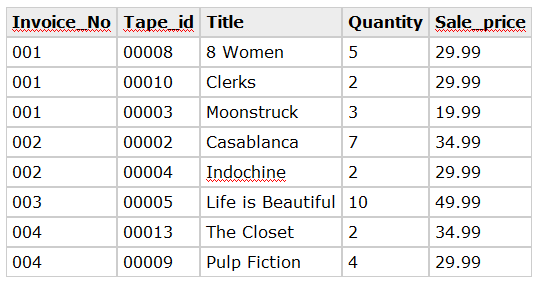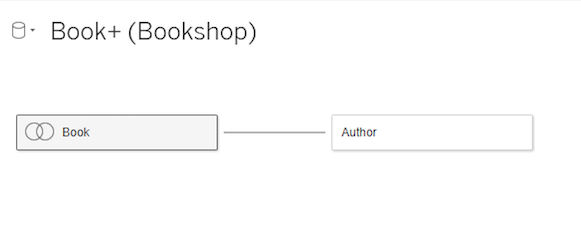
It's not very often that I run across software that is truly impressive.Linking to external data sources and creating solutions based on different sets of data is a strength of Office Access.
Linking tables in ninox for mac#
Ninox for Mac (and its other iterations) wowed me. Not because it's a powerful relational database–been there, done that.
Linking tables in ninox pro#
The kicker is, Ninox for Mac is only US$35 the $540 FileMaker Pro is very powerful but appreciably more high-maintenance.īut it's so darn pretty, easy to use, and flexible.
Linking tables in ninox android#
If you do want to spend more–or more likely, service a small, medium, or large business–Ninox has an identical $10 monthly online version that Ninox for Mac interfaces with, as well as iOS and Android clients. Ninos also has a server version for larger businesses. Ninox is a relational database, so tables (sets of records, like rows in a spreadsheet) may access the data in other tables for display and calculations. These are linked via table references in Ninox. For instance, if you want choose from a list of clients to insert their address, etc. in your invoice table, you create a company table, add the company records, then reference them in your invoice table. The relationship between three tables in our test database. We might argue that the arrows should be reversed as Contract Invoice is the table receiving information from the Billing Clients and Pay Rates tables.

Ninox provides a wide variety of field types: number, text, date, image, calendar, URL, phone number, color, icon, multiple-choice, yes/no, etc. Additionally, there are formula fields that can perform a number of calculations on the data in said fields.

For instance, summing the cost of items on an invoice or concatenating first and last names.Īdding fields to the Contacts table. Contract Invoice indicates and existing table reference and its direction. įormula fields may also utilize simple logic functions such as and, or, greater than, less than, and even if-then-else. For example, you can use if/then/else to hide a total if there are no numbers to add up.įields are rife with options such as display formatting, default values, conditional format/style and writability, and even events triggered after data entry. You can use drag and drop in the visual editor to create formulas or spell them out in the text editor once you know the format. Switching from back and forth from visual to text can also help you learn Ninox's syntax. Ninox has powerful filtering including a query transform. csv (Comma Separated Value) text files (basically, the raw data). It creates the fields for you, but there's no importing forms, views, reports, etc. Recreating those can involve a lot of drudgery, so it's something to contemplate before you switch over. I found it well worth the effort.Īs mentioned, Ninox also resides online where there's support for teams, including privilege levels (read/write). The local Ninox for Mac client reviewed here operates standalone with local databases, but can also access Ninox Online–the interfaces are identical. That, of course, requires the $10 monthly account that also includes storage for databases. Where Ninox is light years ahead of most of the equal-powered competition is in ease of use. It's not perfect, but it's a darn sight better than anything I've used. It's also intuitive, though that of course depends on your experience.


 0 kommentar(er)
0 kommentar(er)
